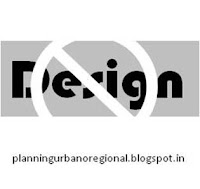Tackling immediate soft urban challenges
through resource prioritization!
Infrastructure
expansion is where the money and interest is and is a never ending process as
well, so it will keep scaling up in background anyway and will be taken care of
diligently, with or without much intervention. Public sector has more of a
catalytic and mentoring role to play in that direction. Skill is what we need
to focus on today.
Like
they say “Give a man a fish and he will eat for a day, teach him how to catch a
fish and he will eat for his lifetime”. Scaled
opportunity is what an urban dweller needs irrespective of which Socio-economic
strata they belong. More opportunity to masses means more involvement in the urban
dynamics, and hence being more engaged in the process of building the very city
which provided the new scale and dimensions of opportunities. Scaling of
opportunity are less resource intensive and has higher ROR than scaling or
urban infrastructure and might be more sustainable an approach!
Further
scientific modelling and analysis will be required to validate and assert the
idea.
or follow on Twitter @urbanoregional

.jpg)






.jpg)

